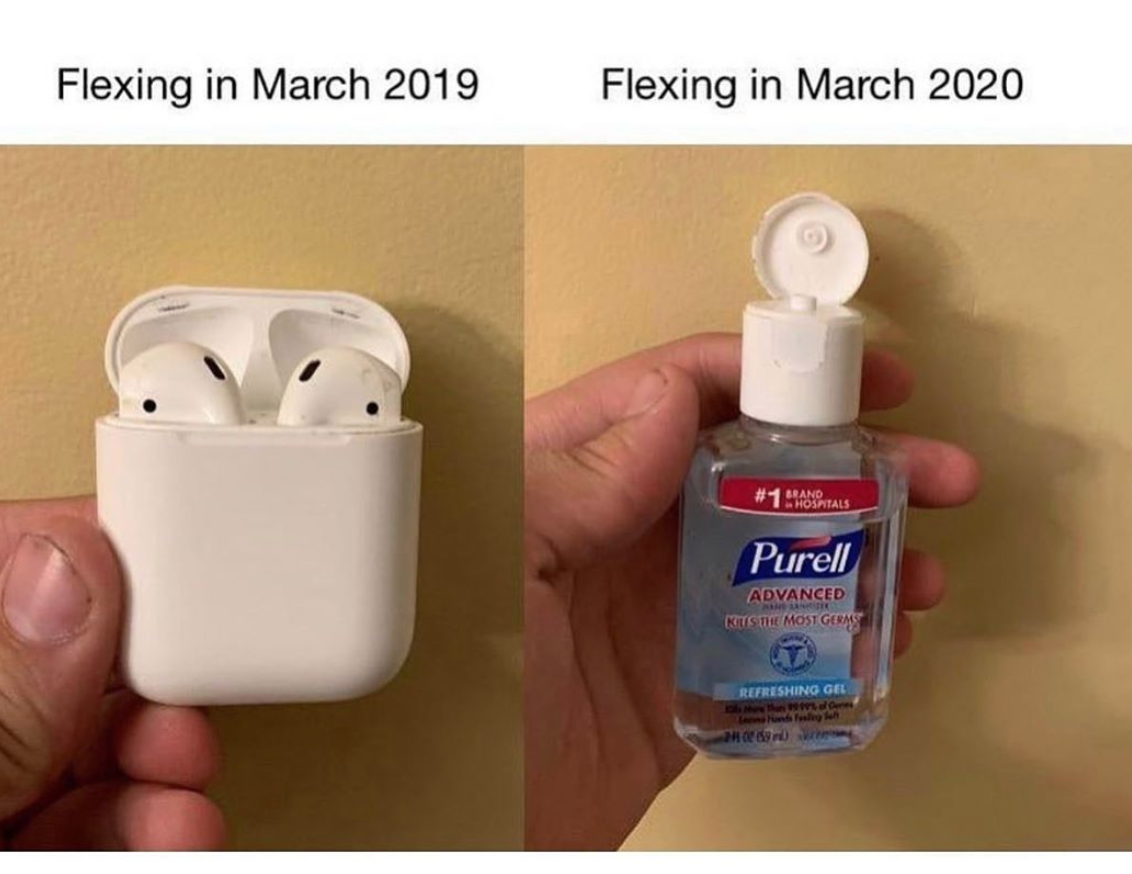CONTEXT/BACKGROUND:
The interlocutor (EF) was living at home with her parents for the first part of COVID lockdowns. During the first few months, she took part in a popular TikTok trend of making “Dalgona Coffee,” a drink that originates from South Korea.
DESCRIPTION: (told over the phone)
(EF): “Okay, so at the start of quarantine, there was this TikTok trend, yeah? It was like… the dalgona coffee challenge, where basically, you would try and make this coffee. And everyone was doing it! It was like this huge thing on TikTok where everyone was making little aesthetic videos of them making whipped coffee and so I had to do it. So I made it once and I swear I made it again and again during quarantine until I realized, why the fuck am I spending so much time whipping coffee? So then I stopped.
Anyway, it’s two tablespoons of instant coffee, two tablespoons of like, granulated sugar, and two tablespoons of hot water. You, like, mix it together with a whisk and you mix, mix, mix until it turns into, like, a nice light brown and it’s like fluffy, like whipped cream. Then you spoon that stuff on top of a glass of cold milk and drink!
It’s kinda like a latte, I guess? I don’t know. It’s a lot of work, whipping the coffee.”
FINAL THOUGHTS/OBSERVATIONS:
Around this time last year, I distinctly remember calling EF, along with other friends, over FaceTime or Zoom and seeing her drink this beverage. I also recall seeing this trend all over my own TikTok feed as well. It’s fascinating when you take a step back and consider how this South Korean coffee trend kind of blew up thanks to the widespread and global reach of the internet. I feel like Dalgona coffee is something so simple and easy to make, which only contributed to its popularity and mass consumption by people online. I think people also wanted to regains some semblance of socializing in a coffee shop setting, and by making Dalgona coffee, it was like recreating that kind of pre-COVID social environment.



